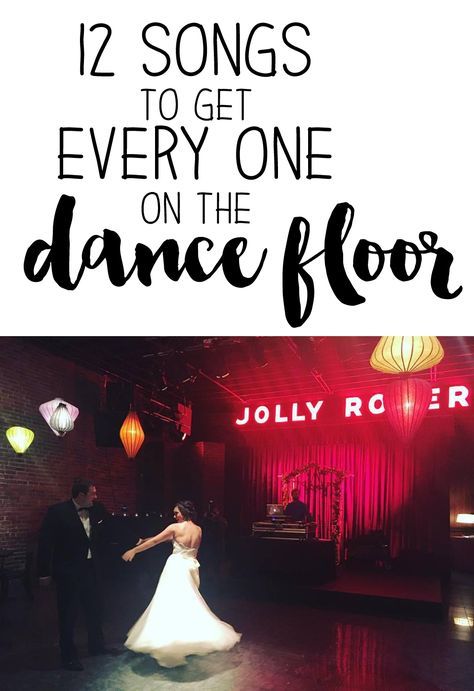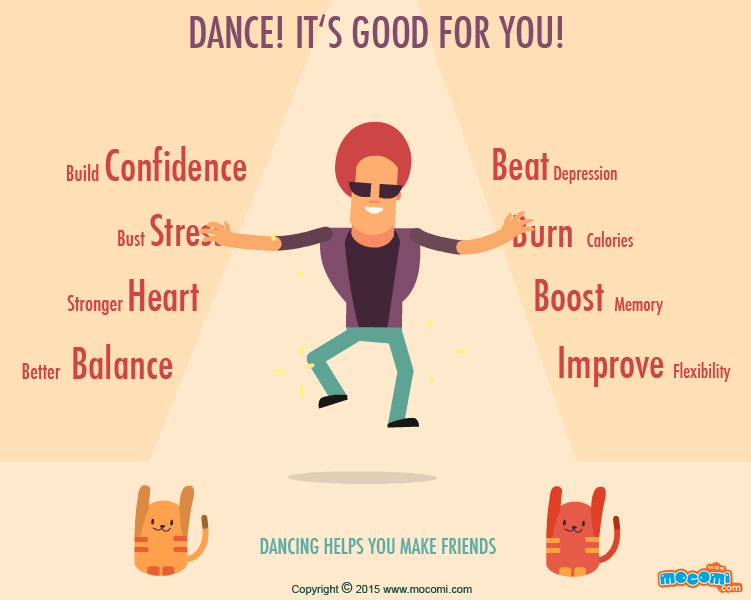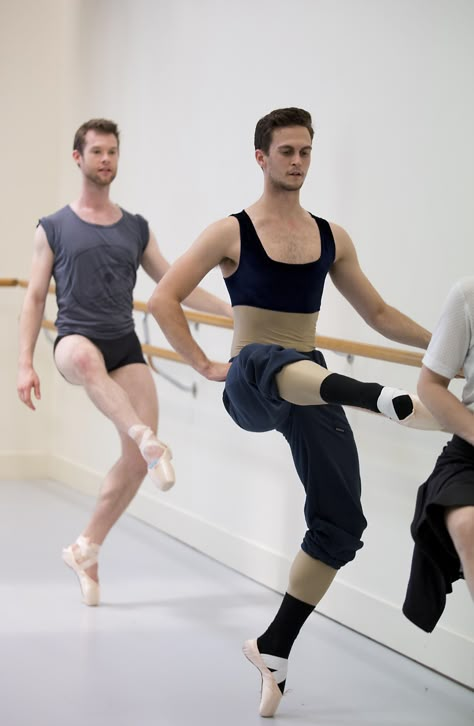How to dance modern bachata
How to Dance Bachata | Dancer’s Guide for 2023
Have you ever wanted to know how to dance bachata? Would you like to be able to dance the bachata effortlessly? Learning how to dance bachata is a great place to start for those who’d like to improve their dancing skills, or for those who simply want to get some fun exercise.
The romantic and sensual bachata is danced to a four-count beat, and includes some simple footsteps and hip movements. If you want to know how to dance bachata, you should know that bachata is categorized as an intimate dance style usually performed with a partner. So, whether you and your dance partner are beginners or a seasoned dancers, learning to how to dance bachata is a fun gateway to exercise and connection.
Jump to Section
- Learn How to Bachata From Experts
- What is Bachata?
- Basic Steps of Bachata Dance
Learn How to Bachata From Experts
If you’re looking to spice up your life, learn something new or simply get some good exercise, taking dancing classes near you is a wonderful, uplifting way to do just that. Attending dance classes in NYC to learn how to dance bachata can be a fun and inexpensive activity to do with friends or a great way to treat yourself. There are also invigorating dance classes in Las Vegas that can provide you with in-depth instruction to help you master bachata steps.
Is Bachata Easy to Learn?
Bachata is a great dance for beginners to learn. When learning how to dance bachata, beginners will enjoy the learning simple steps and experts will have the chance to add their own personal flair to the moves. Sometimes, if you are starting out as a beginner, attending a dance class with other people can feel intimidating. There are always online dance classes that offer the same services, but you can learn your steps from the comfort of your own home, making this fun dance even easier to learn. Participating in interactive online dance classes to learn how to dance bachata is just as effective as taking in-person classes. This way, you can learn without worrying about traveling or being too close to other people. Win-win!
Win-win!
What is Bachata?
So what exactly is bachata dance and where is bachata from? The bachata dance originated in the Dominican Republic. Combining influences from Latin America, including Cuba, Costa Rica and Mexico, this dance is similar to the likes of the tango and bolero dances. This, like many other dance forms and styles, was created as a way to express human emotions.
What Makes Bachata Unique?
During the time period in which this dance originated, there was much political unrest and oppression as the area was ruled by a dictator, and dancing was a way for people to let loose and to allow their hardships to escape with the movement of their bodies.
Why was Bachata Prohibited in the Past?
According to leading dance professionals at DanceUs, the bachata dance, in its early days, was considered to be derogatory, and was looked down upon by the Dominican elite classes.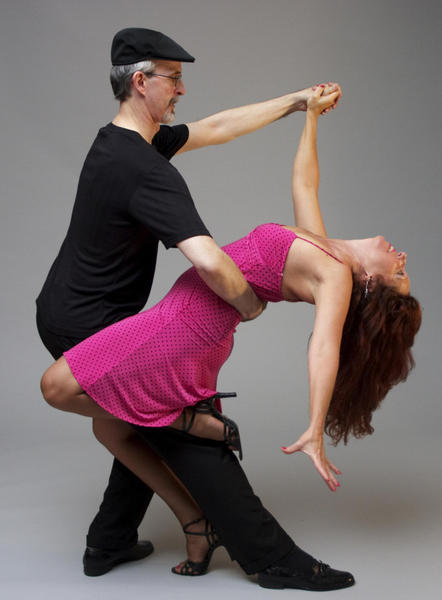 However, if we’ve learned anything in history, it’s that people will find ways to express themselves and have fun regardless of the connotations that oppressors put on them. The dance, as such, has prevailed and expanded throughout the world, and generations have taught and learned how to dance bachata.
However, if we’ve learned anything in history, it’s that people will find ways to express themselves and have fun regardless of the connotations that oppressors put on them. The dance, as such, has prevailed and expanded throughout the world, and generations have taught and learned how to dance bachata.
Bachata Instruments
Thus far, we have only referred to the bachata as a dance. However, it is important to note that bachata is also a form of music. Of course, the two go hand-in-hand, as the bachata dance was derived from bachata music. Think about other dance forms like the waltz, tap dancing, line dancing and tango. They are all respectively performed to a certain type of music. The bachata music genre is characterized by a sensual beat that isn’t fast-paced, but isn’t as slow as the kind of music used for dances like the waltz. The music itself is typically created with acoustic guitar and percussion instruments for a smooth romantic feel, as is typical of many forms of Latin American dancing music.
Basic Steps of Bachata Dance
Learning how to dance bachata is quite simple. It’s a great stepping stone for those who are looking to improve their coordination or rhythm. To learn how to dance bachata, practice the steps below. Tip: try using a mirror or recording yourself to see how you can improve!
How to Dance Bachata Without a Partner
Can you learn bachata alone? Yes! While bachata is usually danced with a partner, it can also be done solo. This dance consists of a simple three-step move to a beat. It is recommended to keep the knees slightly bent, and to remain loose throughout. The traditional move is a step that goes: side, side, side, and then the slight pop of the hip to the side follows. After, you’d do the same move in the opposite direction. The idea is to keep moving and have your hips swaying with each step.
How to Dance Bachata With a Partner
The bachata dance is known for being sensual, intimate and romantic.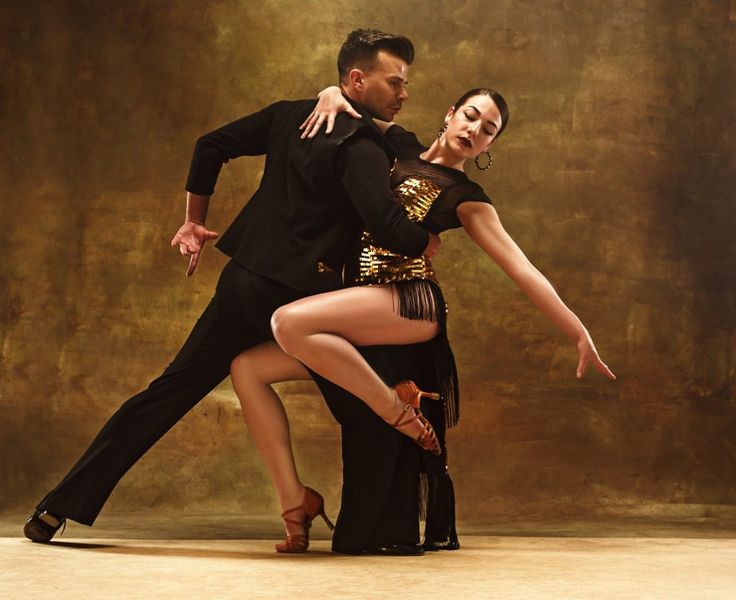 As such, when it comes to how to dance bachata, it is most common to dance with a partner. When dancing with a partner, you will stand close together while doing the bachata steps. You can choose to stand with some space in between you and only your hands touching each other (open style) or closer together with your bodies touching (closed style). When learning how to dance bachata with a new partner, it can take some practice to learn how to step to the same beat, so be patient!
As such, when it comes to how to dance bachata, it is most common to dance with a partner. When dancing with a partner, you will stand close together while doing the bachata steps. You can choose to stand with some space in between you and only your hands touching each other (open style) or closer together with your bodies touching (closed style). When learning how to dance bachata with a new partner, it can take some practice to learn how to step to the same beat, so be patient!
Bachata Turns
Over time, the bachata dance has been improved upon and influenced by other movements and cultures. The salsa dance has had a major influence on the evolution of bachata, as it is now common to include a turn that is similar to the one used in salsa dancing. A turn is typically incorporated on the fourth beat, wherein one partner will raise their arm while the other partner will do a complete turn or spin and then go back to their partner and continuing the steps.
Personal Flair
Since the groundwork for how to dance bachata is fairly basic, it is easy to learn how to dance bachata. Once it is learned, it is common to spice up the moves a bit. You can incorporate a slide, wherein on the fourth beat, one partner does a side slide instead of doing side steps alongside their partner. Or, you can incorporate more complex footwork, like stepping front-to-back instead of side-to-side. It is also common for couples to add twisting into their normal movements, putting an exaggeration on the slight hip movements of the bachata steps.
Now you know the basics of how to dance bachata! Did you know that the act of dancing contains numerous health benefits for humans? The act of moving your body to music releases endorphins that make us feel happy, which contributes to our overall health. Moreover, it’s just plain fun! Wait no longer. If you’ve been thinking about learning how to dance bachata or to start dancing in general, try out a dance class or the moves listed above.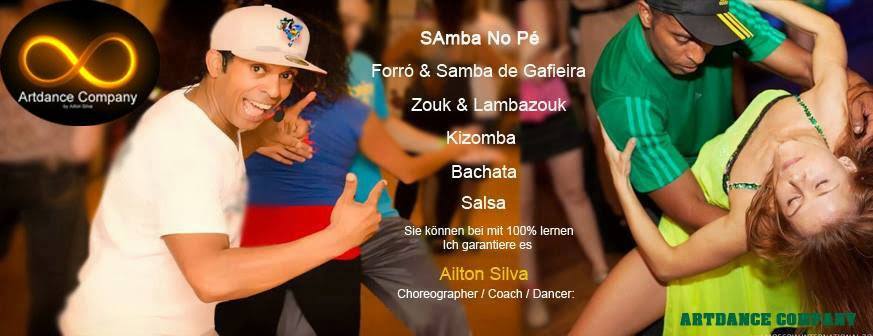
For even more creative ideas and inspiration, check out other experiences happening on Classpop!
Related Articles
A Beginner's Guide to Cumbia DancingHow to Belly Dance (With Confidence!)
How to Line Dance Like a Pro
How to Slow Dance With Style
How to Salsa Dance Beginner’s Guide
How to Swing Dance: A Beginner’s Guide
What is Bachata Dance? Step by Step Guide.
The Bachata is a deep dance that carries energy to the dance floor. It consolidates weighty hip-influencing and principally centres around lower body developments to add energy to the dance. Bachata moving has four fundamental advances that rehash, which makes it simple to learn for amateurs! This is a style of social dance from the Dominican Republic which is presently moving everywhere. Bachata music is what plays while performing the bachata dance.
Jump to Section
- History of Bachata Dance
- Bachata Dance – Present-Day
- What Exactly is Bachata Dance?
- Information about Bachata Music
- A Guide For Bachata
- Body Position
- Counting
- The Most Effective Method
- Steps to Follow
- Different Types of Bachata
- Famous Bachata Dancers
- FAQs
History of Bachata Dance
From the last part of the 1990s and ahead, artists in the Western world began making novel dance structures motivated by Bachata music.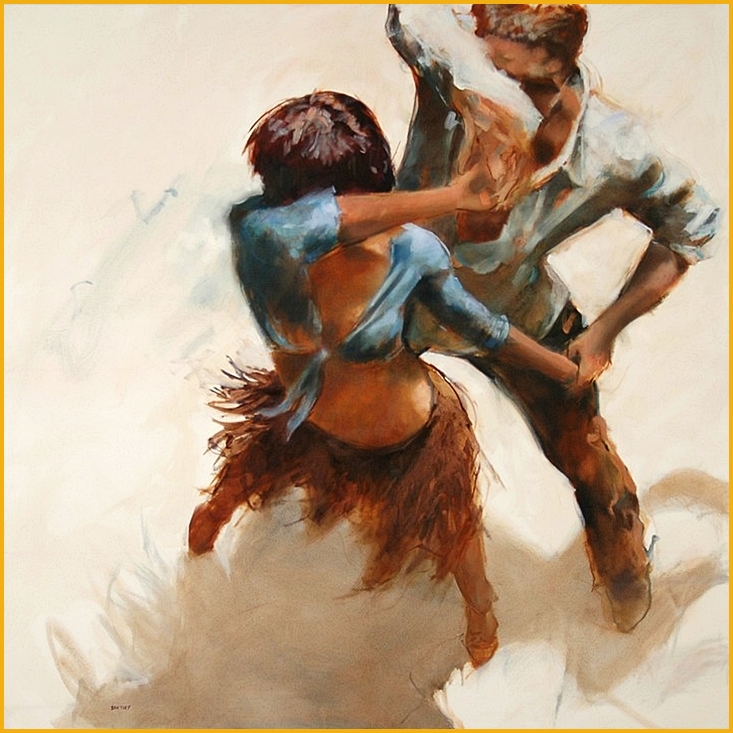 The most notable illustration of this is the love fundamental advance normally alluded to as the ‘side to evade’, which is at times joined by a misrepresented ‘fly’ of the hips during the tap.
The most notable illustration of this is the love fundamental advance normally alluded to as the ‘side to evade’, which is at times joined by a misrepresented ‘fly’ of the hips during the tap.
These clever western dance structures are for the most part for replicating dance moves from other accomplice moves of different starting points, Latin and non-Latin the same. Many such moves exist today, with the first of these regularly alluded to as the ‘Western side fundamental stage’.
Regularly alluding to in the West as ‘true or Dominican‘ Bachata, the first friendly dance had its development in the Dominican Republic during the 1960s and was moving uniquely in the shut position, similar to the Bolero, frequently in close embrace. People and dancers perform this Bachata fundamental advances by moving inside a little square (side, side, forward, and afterward tap with your toes, then, at that point, side, side, back, and tap).
This progression was enlivened by the Bolero fundamental stage, yet was developing over the long haul to incorporate a tap and off-timings (steps in the middle of the beats), assisting artists with communicating the more powerful music is generally playing.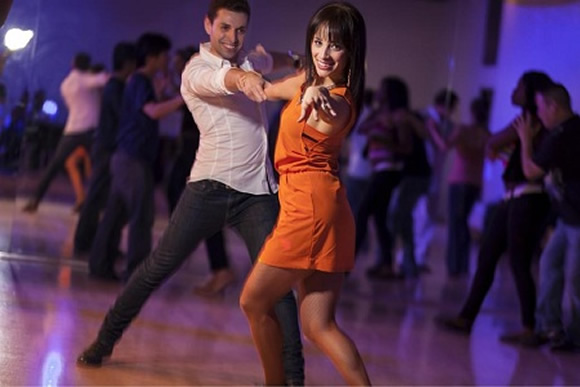 The hand situation can fluctuate as indicated by the place of the moves, which can go from exceptionally near open to open.
The hand situation can fluctuate as indicated by the place of the moves, which can go from exceptionally near open to open.
Also, Read Dance-drama: An Age-long tradition in the Indian classical dances
Bachata Dance – Present-Day
Some Bachata MovesBachata is in-practice today in the Caribbean and everywhere, and has been advancing for a very long time. It is progressively moving to quicker music, adding more footwork, basic turns, and cadenced free-styling with the shift between close (heartfelt) and vacant position. Bachata has hit the dance floor with delicate hip developments and a tap or special timing (1, 2, 3, tap/off-timing). It can hit the dance floor with or without bobbing (dropping the body down on the whips and again in the middle of the beats by springing the legs a little).
In simple words and to emphasize, Bachata moving was made in the Dominican Republic during the mid-1900s. The dance was a blend of Cuban child dance, African beats, and Bolero music.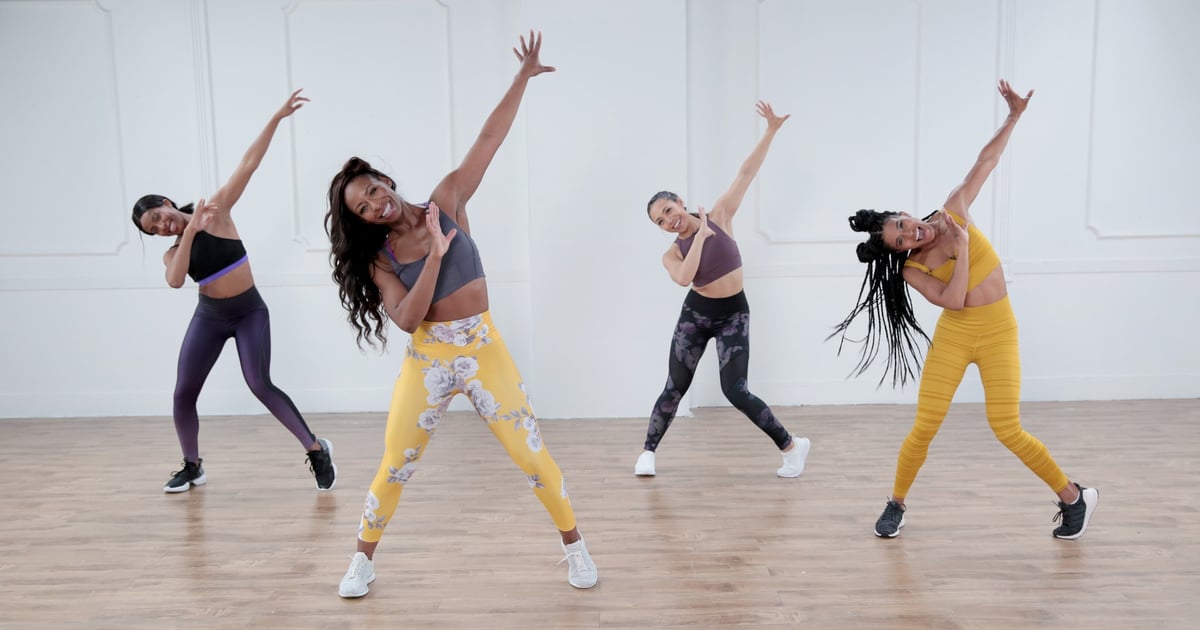 It initially centred around misfortune and awfulness, for the most part being performed on city intersections and bars in devastated areas. Thus, the Bachata had a helpless standing. At that point, the nation’s despot, Rafael Trujillo, likewise openly reviled the dance as being low-class.
It initially centred around misfortune and awfulness, for the most part being performed on city intersections and bars in devastated areas. Thus, the Bachata had a helpless standing. At that point, the nation’s despot, Rafael Trujillo, likewise openly reviled the dance as being low-class.
At the point when Trujillo was killed in the mid-1960s, notwithstanding, the dance became well known because of a more prominent feeling of opportunity inside the country. after 20 years, the dance spread to the U.S. at the point when numerous Dominicans moved over. The dance immediately turned into a hit is as yet performed generally today.
What Exactly is Bachata Dance?
What Exactly is Bachata Dance?In cooperating, the lead can choose whether to act in an open, semi-shut, or shut position. Dance moves or step assortment unequivocally rely upon the music, (for example, the rhythms played by the various instruments), setting, state of mind, and understanding. In contrast to the Salsa, Bachata dance doesn’t ordinarily incorporate many turn designs.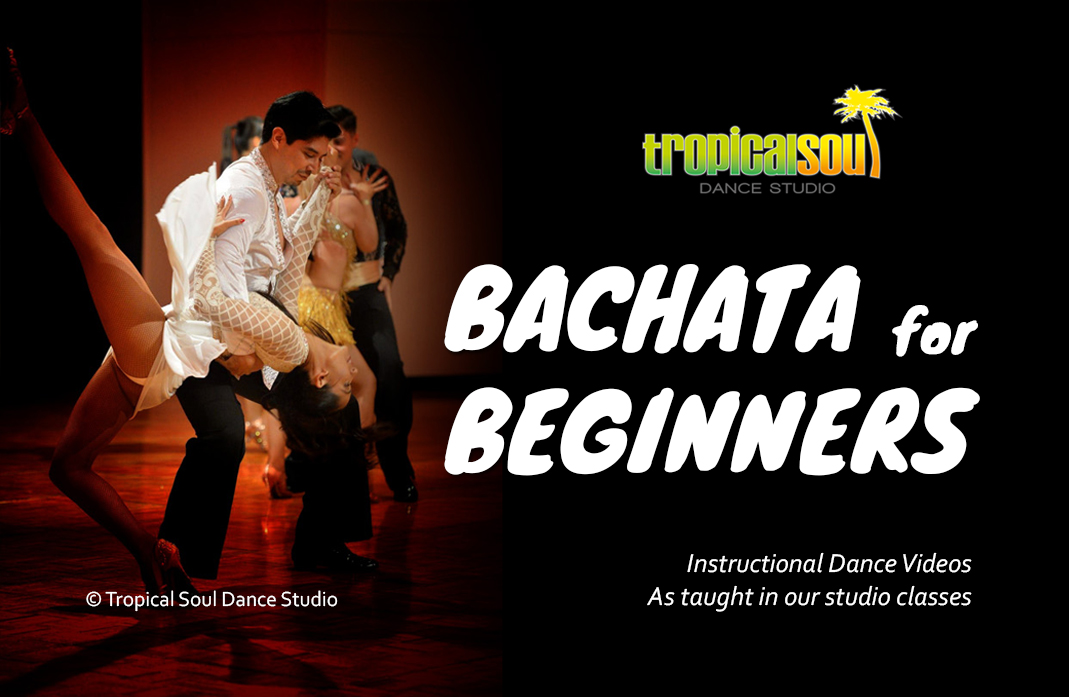
The fundamental dance succession is acted in an entire 8-count moving inside a square, comprising of three stages and afterwards a tap or different types of step special timings, (for example, the ‘twofold step’). The tap is done on the contrary foot of the last advance, while the following stage is taken on a similar foot as the tap.
The dance bearing might change after the tap or fourth step. Bachata can be moved on any beat of the melodic expression as long as the fundamental dance succession (three stages and afterwards a tap \ off-timing) is kept up with (for instance, one might begin the first beat of the melodic expression, with the tap arrival on the fourth beat).
Also, Read Gotipua: The Wonderful Dance of Odisha
Information about Bachata Music
The Bachata dance is done to the beats of the Bachata musicThe Bachata dance is danced to the beats of the Bachata music. Bachata music is a type of Latin music that began in the Dominican Republic. From a cadenced stance, the music is a minor departure from the sluggish beat Bolero sound, however, Bachateros, or Bachata artists, overlay various melodic styles into Bachata tunes, including the Merengue. Bachata music is epitomized by a sluggish, sensual beat, heartfelt or ambivalent verses, and instrumentation moored by one or the other acoustic or electric guitar. This Latin dance style, like the Cuban Bolero, is habitually performed to Bachata tunes.
Bachata music is epitomized by a sluggish, sensual beat, heartfelt or ambivalent verses, and instrumentation moored by one or the other acoustic or electric guitar. This Latin dance style, like the Cuban Bolero, is habitually performed to Bachata tunes.
Customary Bachata music, which arose during the 20th century, is as often as possible contrasted with American Blues music, both from a melodic and social point of view. Like the Blues, Bachata regularly centers around awfulness and lost love. Bachata was at first known as the ‘Amargue’ which meant ‘bitterness’, ‘bitter music’ or ‘blues music’), until the rather ambiguous (and mood-neutral) term ‘Bachata’ became popular. Bachata in the long run turned into an apparatus of current Latin dance diagrams and dance floors across the Caribbean, the United States, and the United Kingdom.
Today, Bachata has impacted various Latin and Western music styles, from R&B and fly to Techno and Hip-hop, every one of which has expanded its beat and extended its sound. Thus, there is a wide range of styles of Bachata dance, from the essential strides of conventional Dominican Bachata to Western or unique Bachata, Bachata Moderna (present-day Bachata), and surprisingly a Tango half-and-a-half called Bach Tango.
Thus, there is a wide range of styles of Bachata dance, from the essential strides of conventional Dominican Bachata to Western or unique Bachata, Bachata Moderna (present-day Bachata), and surprisingly a Tango half-and-a-half called Bach Tango.
A Guide For Bachata
The body positioning that is required in this dance formThe means of Bachata moving are genuinely direct, however, culminating the strong hip developments takes some time. With enough practice and devotion, you’ll have the option to move the Bachata like a professional!
Body Position
While the dance is very impactful, there is still a smidgen of room left between accomplices. The man’s left hand will stretch out at the hip level to meet the lady’s right hand. A man’s right hand will be in a lady’s back, while the lady’s left arm will sit above with their hand resting on a man’s right shoulder.
Counting
The Bachata is perhaps the least demanding dance to count because each progression takes only one beat in 4/4 time.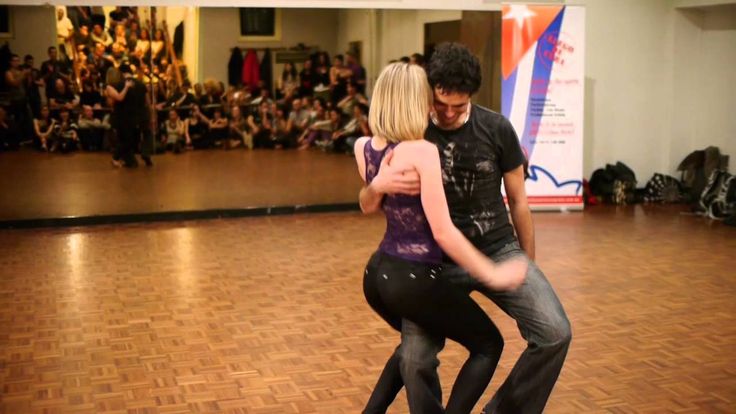 It is included in beats of eight like the Salsa, yet the principal contrast is that there are no stops in Bachata. This implies that considering is as basic as 1, 2, 3, 4, 5, 6, 7, 8. If it is more straightforward, you can likewise build up to four and rehash the count, similar to 1, 2, 3, 4 – 1, 2, 3, 4.
It is included in beats of eight like the Salsa, yet the principal contrast is that there are no stops in Bachata. This implies that considering is as basic as 1, 2, 3, 4, 5, 6, 7, 8. If it is more straightforward, you can likewise build up to four and rehash the count, similar to 1, 2, 3, 4 – 1, 2, 3, 4.
Also, Read Waltz and Tango: Differences in the two Dance forms
The Most Effective Method
Assemble some footworkSince you know the fundamentals of Bachata moving, it’s an ideal opportunity to align them to some footwork! The vital trait of the dance is weighty hip development, however, it’s simpler for fledglings to initially rehearse the means before assembling everything.
Steps to Follow
- Pioneer step to the side with their left foot, supporter steps to the side with their right foot.
- Pioneer closes by bringing their right foot close on their left side foot, supporters will do likewise by bringing their left foot close to their right foot.

- Then, pioneer steps to the side again with their left foot, the supporter will venture to the side with their right foot.
- Pioneer presently taps their right foot close on their left side foot while keeping the greater part of their weight to their left side foot. Supporter mirrors by tapping their left foot close to their right foot, keeping most weight on their right foot.
- Pioneer will then, at that point, step to the side with their right foot, adherent will do likewise by venturing to the side with their left foot.
- After that, pioneers close by bringing their left foot close to their right foot, the supporter will bring their right foot close on their left side foot.
- Pioneer will venture to the side again with their right foot, devotee mirrors by venturing to the side with their left foot.
- Pioneer will tap their left foot close to their right foot, again keeping the vast majority of their weight on their right foot. Adherent will tap their right foot close on their left side foot, keeping up with a large portion of their weight to their left side foot.
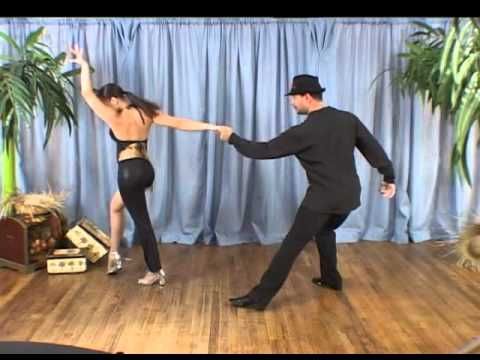
- This finishes up the fundamental side-to-avoids of the dance, which will currently rehash from here. It’s vital to keep weight on your non-tapping foot during tap steps so you can venture back to the site after tapping!
- When you’re OK with the means, start joining weighty, practically overstated, hip-influencing into your means to move the Bachata appropriately!
Different Types of Bachata
BachataWestern “Conventional”
Sooner or later in the last part of the 1990s, artists and dance schools in the Western world started utilizing a side-to-side example rather than the crate steps. The essential strides of this example move side-to-side, adjusting bearing after each tap. Attributes of this ‘early’ dance school dance are the nearby association between accomplices, delicate hip developments, tap with a little ‘fly’ of the hip on the fourth step (1, 2, 3, tap/hip), and does exclude many turns or figures. The greater part of the styling in this dance is from formal dance and show moves like plunges are regularly in use.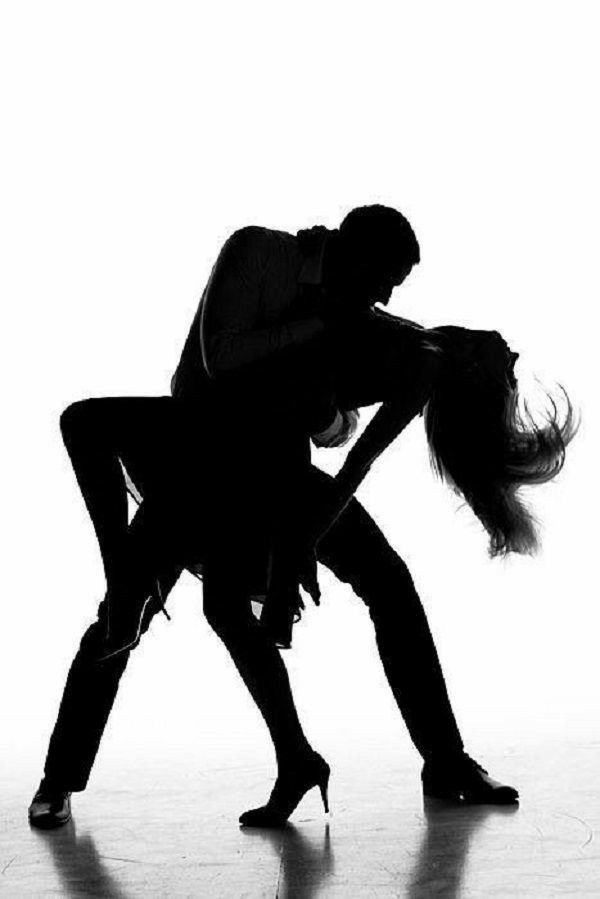 This was the main novel dance to Bachata music that people were promoting by dance schools outside the Dominican Republic.
This was the main novel dance to Bachata music that people were promoting by dance schools outside the Dominican Republic.
Bachatango
Another dance was to grow not long after the western ‘customary’ and was the Bachatango. This is a combination dance from the West, comprising of short groupings taken from western ‘customary’ steps joined with various Tango steps and moved like tango. The ‘pop’ count is for the use of adding expounded erotic nature and fluctuated Latin formal dance styles and incorporates the trademark kicks from tango. The turns resemble the ‘western customary’ dance. Albeit in the past this dance was moving solely to Bachata music, it has, of late, been moving to Tango music also. Even though Bach Tango is not popular in the Dominican Republic, Bachata’s nation of beginning, the dance partook in a time of prevalence among unfamiliar dance educators outside the Caribbean. Considering everything, these days the dance is not regularly performed on social dance floors.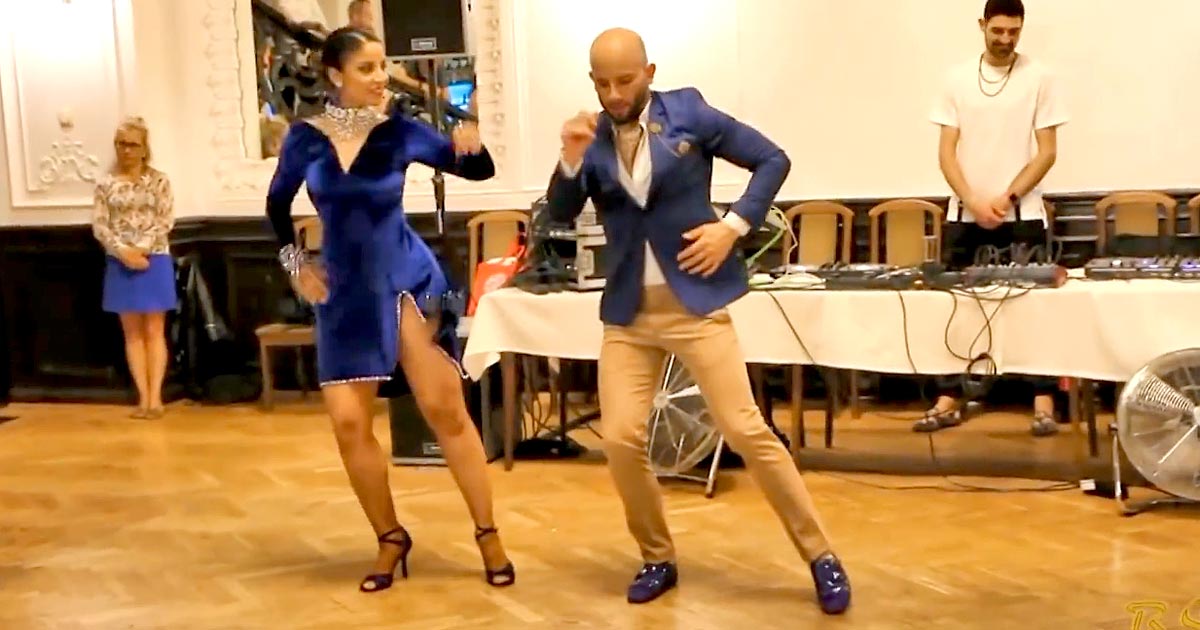
Present-day or Moderna
A dance, the present-day or Moderna, was originating presumably from around 2005 on the “western conventional” fundamental components. The essentials are equivalent to the “western conventional” dance, yet with added dance components and styling from Salsa, Tango and Ballroom. In this dance, couples regularly move their middles more and significantly misrepresent hip-hop (particularly the women). The most immediate effect on the cutting edge or Moderna dance comes from the reception of salsa turn designs; these, along with plunges turned into the centre of the dance.
Erotic
EroticaThe Sensual dance style was originated in Cádiz, Andalusia, Spain, by Korke Escalona and Judith Cordero.
Kirke took in the essentials of western “conventional” in 1998, yet without any data than the fundamental stage (four stages aside) and enlivened by Bachata music, he began fostering his dance style motivated by contemporary and Brazilian Zouk moves by seeing how the pioneer (generally a man) could lead the body of the supporter (customarily a woman) to decipher the music.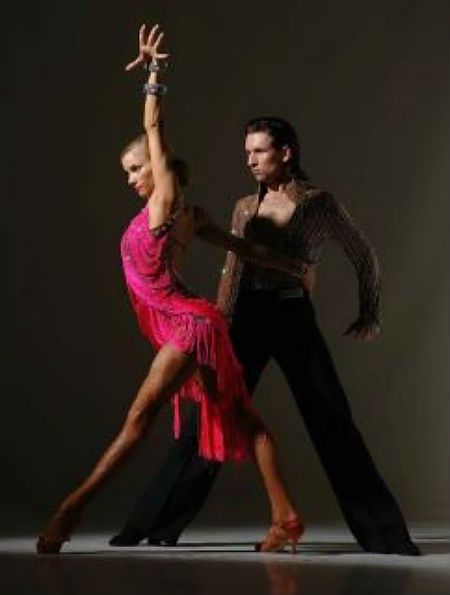 The outcome is a novel, free dance structure with severe standards of driving and keeping, with for the most part roundabout developments and body waves, yet additionally body separations and plunges when the artists feel the music calls for it.
The outcome is a novel, free dance structure with severe standards of driving and keeping, with for the most part roundabout developments and body waves, yet additionally body separations and plunges when the artists feel the music calls for it.
Kirke is the maker of the Bachata Stars rivalry, where members get an irregular tune and show the capacity to make do while showing their dance abilities and musicality.
Dance Hall Style
Dance hall style is one more dance, originating in the West. It is essential for dance contests rather than social moving, with exceptionally outrageous hip developments and much traditional dance styling. The fundamental advance depends on western “conventional” dance.
Different Styles
There are other Western moves, spearheaded and advanced by various instructors all over the planet, each with its unmistakable pizazz. Regardless of whether people are viewing it as totally various styles or varieties of the fundamental styles above is frequently content by educators and understudies the same.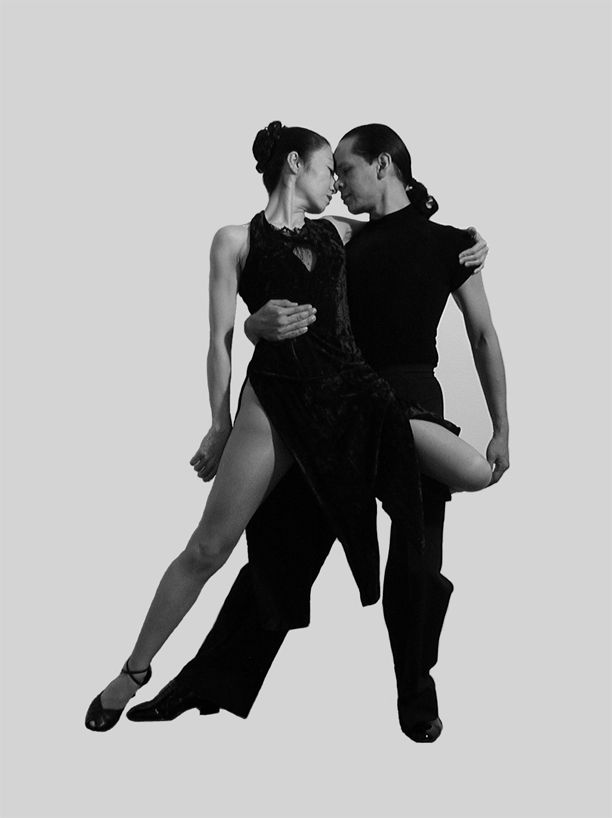
This was your perfect guide on how to do the Bachata. It is a dance form that is slowly gaining popularity and more and more people want to learn it. If you want to get to know about this dance form too, then read this article and get to dancing!
Also, Read Beautiful Classical And Folk Dances Of India In Movies
Famous Bachata Dancers
| Sl. No. | Names Of Dancers | Place Of Birth |
| 1 | Jorge Elizondo | Texas |
| 2 | Rodney ‘Rodchata Aquino | California |
| 3 | Lee ‘El Gringuito’ Smith | Pennsylvania |
| 4 | Carlos Cinta | Spain |
| 5 | Jorjet Alcocer | Honduras |
FAQs
Beginner’s guide to BachataQ. Describe the different styles of Bachata dance.
A. We can describe the different styles of Bachata dance in the following ways:
Bachata Dance Styles and Unique or Dominican
The first Bachata dance style comes from the Dominican Republic where the music additionally was originating. The early sluggish style in the fifties, from where everything began, was moving just to shut, similar to the Bolero. The Bachata Basic Steps moving inside a square (side, side, forward, side, side, back) are likewise propelling from the Bolero. However, it moved marginally disparate in Bachata and hit the dance floor with special timings (steps in the middle of the beats) contingent upon the artist’s temperament and the personality of the music.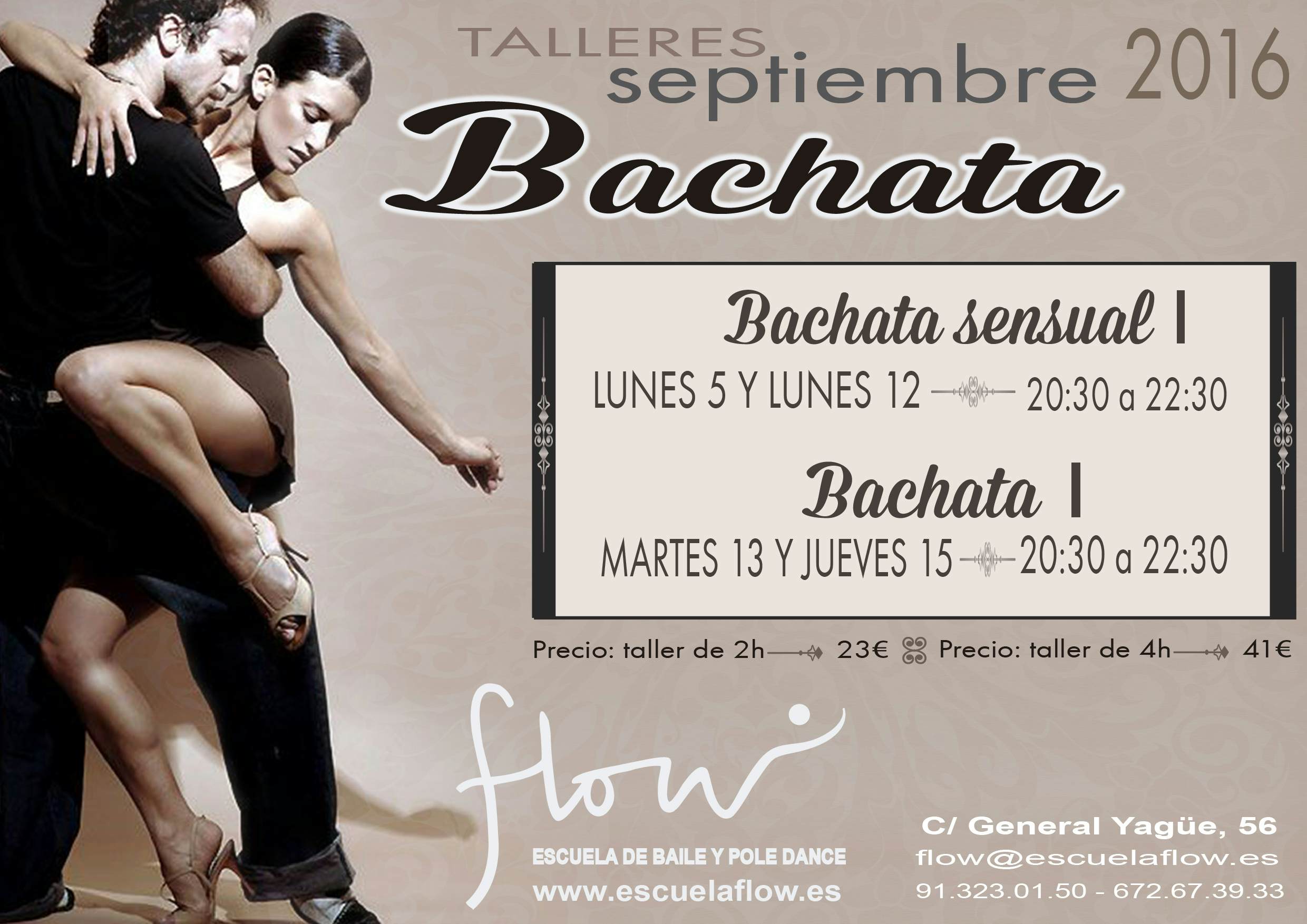 The hand situation will fluctuate with the artist’s position which can be extremely near semi-near open.
The hand situation will fluctuate with the artist’s position which can be extremely near semi-near open.
The Original Dominican Bachata is today moving all around the Caribbean. Presently additionally quicker in understanding to quicker music, adding more footwork, turns or figures, and cadence free-form moves. It’s with a switch back and forth between close and vacant positions (more perky adding footwork, turns/figures, cadence middle). This style has hit the dance floor with delicate hip developments. Also, with a tap with a little “fly” with the hip on the fourth beat (1, 2, 3, Tab/Hip). Can hit the dance floor with or without bobbing. Even dropping the body on the whips and in the middle of the beats by springs the legs a little. Dominican Bachata is developing, thanks to the individuals over numerous years. From around the late fifties, social moving is as yet developing.
Customary
Customary BachataSooner or later, maybe in the last part of the 1980s or mid-1990s, artists or dance schools in the Western World started utilizing a less complex side-to-side example rather than the container steps most likely because of a misconception of the first steps. The fundamental stages of this example move side to side, adjusting bearing after each tap. Attributes of this style are the nearby association between accomplices. Along with delicate hip developments, tap with a little “fly” of the hip on the fourth step. A large portion of the styling in this style is from Ballroom Dance. But, Dips are normally for usage in this style. This is the first alleged Fusion Style Bachata. After all, it is not special or elaborate just like the Original Bachata. This is because it contains components and styling from the western approach to moving.
The fundamental stages of this example move side to side, adjusting bearing after each tap. Attributes of this style are the nearby association between accomplices. Along with delicate hip developments, tap with a little “fly” of the hip on the fourth step. A large portion of the styling in this style is from Ballroom Dance. But, Dips are normally for usage in this style. This is the first alleged Fusion Style Bachata. After all, it is not special or elaborate just like the Original Bachata. This is because it contains components and styling from the western approach to moving.
Present-day or Moderna
A more current Fusion Style most likely from around 2005. People consider this style to have broadly begun in Spain. Yet, likewise, with all developments of dance style, this itself is generally up for discussion. The essentials are equivalent to Traditional Style Bachata. Yet with added dance components and styling from Salsa, Tango, Zouk-lambada, Ballroom, and so on. For the style, couples commonly move their upper middles more.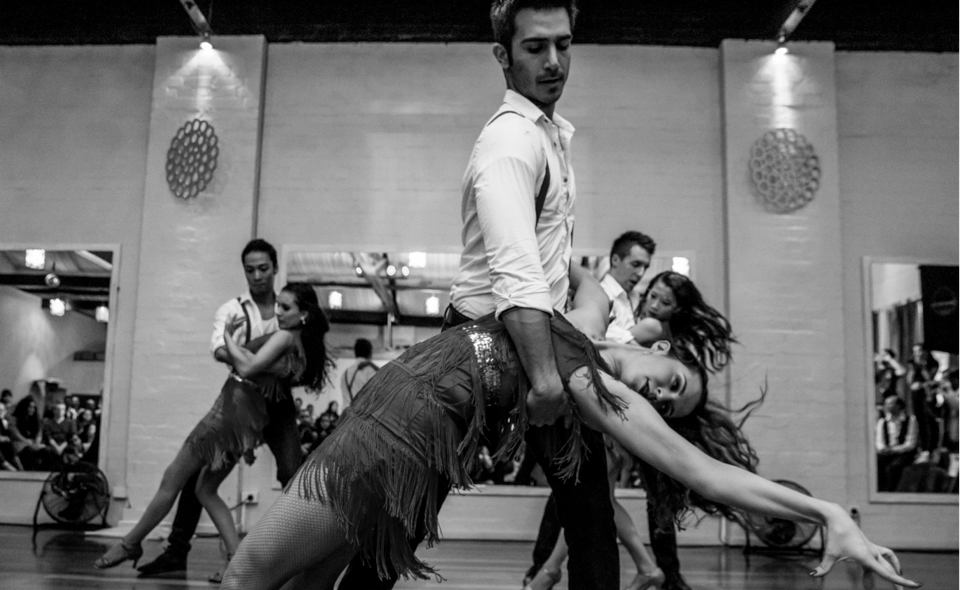 Set more noteworthy accentuation on hip-hop, and ladies utilize more overstated hip developments. The most immediate combination effect on present-day style Bachata moving comes from the reception of salsa turn designs. There is likewise an even more up-to-date present-day Urban Style that consolidates Hip-Hop components. Yet, this style essentially additionally has a similar specialized base as Modern Style.
Set more noteworthy accentuation on hip-hop, and ladies utilize more overstated hip developments. The most immediate combination effect on present-day style Bachata moving comes from the reception of salsa turn designs. There is likewise an even more up-to-date present-day Urban Style that consolidates Hip-Hop components. Yet, this style essentially additionally has a similar specialized base as Modern Style.
Bachatango or Bachata Tango
Combination Style from the West too with short successions of Traditional essential advances yet generally Tango steps moved like Tango. The people utilize the “pop” count to add an explainable arousing quality. Also, to change the Latin dance styles, however, generally from the Tango style. Vueltas like Traditional. Albeit this dance has been there to use to move to Bachata, it was developing and people were using it to move to Tango too. Even though BachaTango is unfathomable in the Dominican Republic, Bachata’s nation of beginning, BachaTango has become well known with unfamiliar teachers outside the Caribbean.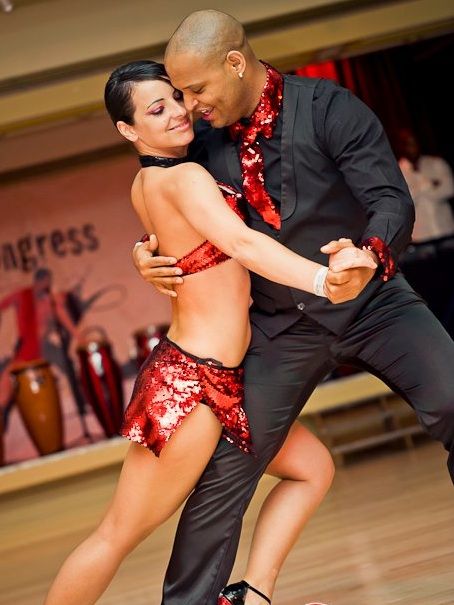
Q. What instruments do Bachata music groups have?
A. The commonplace Bachata bunch comprises seven instruments. These are the Requinto (lead guitar), Segunda (beat guitar), electric guitar, guitar, bass, bongos, and güira. The Segunda effectively adds off-timing to the music. Bachata bunches play a clear style of Bolero (lead guitar instrumentation utilizing dull harmonies is a particular trait of Bachata). Yet, when they change to meringue-based Bachata, the percussionist will change from bongo to a Tambora drum. During the 1960s and 1970s, maracas became popular and put to use rather than güira. The change during the 1980s from maracas to the more flexible güira.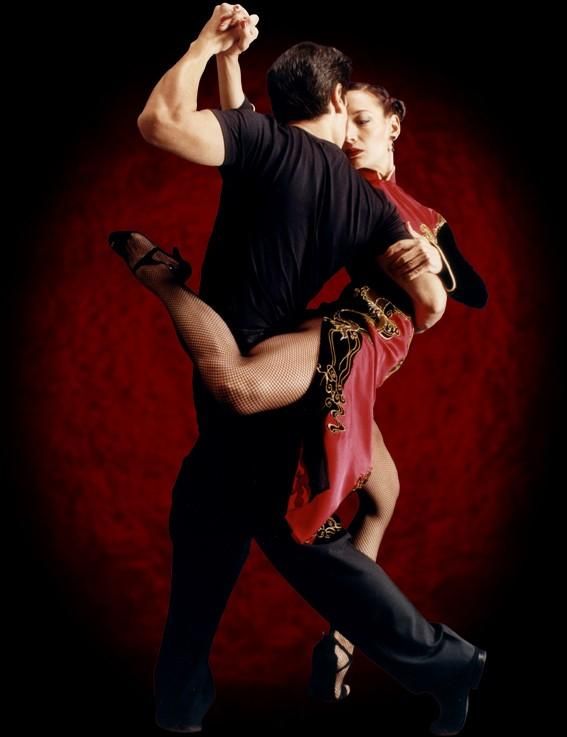 This was because Bachata was turning out to be more about the dance.
This was because Bachata was turning out to be more about the dance.
Q. What is Bachata dance exactly?
A. Bachata is a style of dance that started in the Dominican Republic. It is moving generally all around the world yet not indistinguishably. The nuts and bolts to the dance are three-venture with a Cuban hip movement. It is then trailed by a tap remembering a hip development for the fourth beat. The knees ought to be somewhat in a twist so the entertainer can swing the hips more straightforward. The development of the hips is vital because it’s a piece of the spirit of the dance. By and large, the majority of the artist’s development is in the lower body up to the hips. After this, the chest area moves substantially less.
Read up more about Bachata Dance with the help of this PDF –
Bachata-Dance-PDFDownload
Also, Read In what ways does modern dance benefit a dancer?
How to dance bachata? Learning to dance bachata at home
Rehearsal bases, dance halls, recording studios
in Moscow
How to learn to dance bachata?
The ancestor of modern bachata is the dance of the inhabitants of the Dominican villages, which was their only joy after hard work.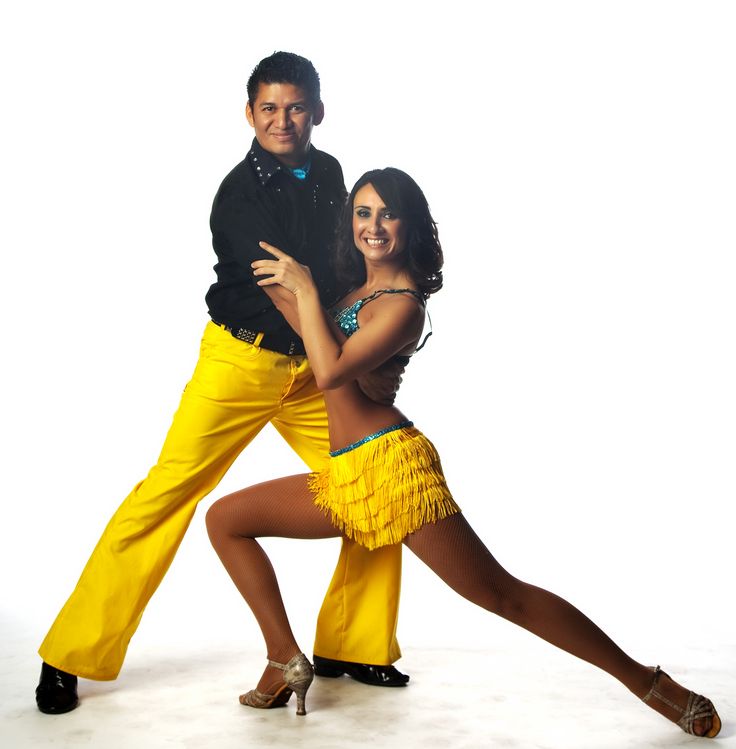 But times have changed, now bachata has turned into a passionate pair dance, built on the sensual and harmonious movements of partners. Distinctive features of bachata: the closest contact with a partner and plastic, even somewhat erotic movements. A man in a dance smoothly leads his partner, gently hugging her. The woman responds to his actions, accompanying each of her soft steps with plastic movements of her hips.
But times have changed, now bachata has turned into a passionate pair dance, built on the sensual and harmonious movements of partners. Distinctive features of bachata: the closest contact with a partner and plastic, even somewhat erotic movements. A man in a dance smoothly leads his partner, gently hugging her. The woman responds to his actions, accompanying each of her soft steps with plastic movements of her hips.
The answer to the question of how to dance bachata is quite simple. After a few lessons, everyone can master the basic movements of this dance and feel its rhythm.
Bachata dance technique
Bachata is easily recognizable by the characteristic movement of the hips. The basic step of this dance consists of 3 small steps accompanied by undulating body movements. The main element of bachata is the smooth rotation of the hips for women and the body for men, which is called "kick". This requires good mobility of the muscles of the lower back, back and hips. It is from these muscles that the smoothness, wave-like movements and, accordingly, the beauty of the bachata dance itself depend.
It is from these muscles that the smoothness, wave-like movements and, accordingly, the beauty of the bachata dance itself depend.
The question arises: how to learn to dance the Dominican bachata, if these muscles are completely undeveloped? For many who want to dance, it is precisely the fact that they feel completely unplastic and embarrassed to dance that becomes an obstacle. To begin with, it is useful for everyone to recall simple exercises familiar to us from childhood: the usual tilts of the torso in different directions and circular rotations of the body, slowly stretching the muscles. This will help your body get used to the stress. Those who regularly stretch and consider themselves flexible enough also often face the problem of stiffness during dance. This is because plasticity and flexibility are not the same thing.
Plasticity and flexibility: what's the difference?
The difference between flexibility and plasticity is that plasticity is achieved through the work of muscles and joints, while flexibility is achieved by stretching tendons and ligaments.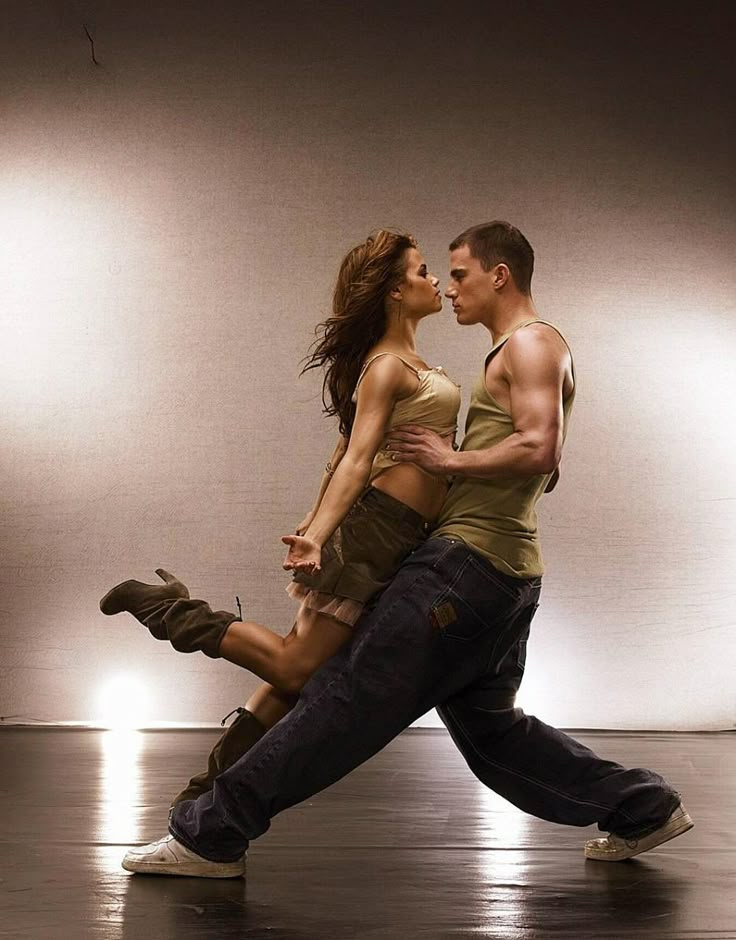 For the plasticity of movements, it is important to have a good stretch of the ligaments, but flexibility does not guarantee plasticity, so you need to pay attention to the loading and stretching of the muscles.
For the plasticity of movements, it is important to have a good stretch of the ligaments, but flexibility does not guarantee plasticity, so you need to pay attention to the loading and stretching of the muscles.
To learn how to fully perform the basic elements of bachata, you need regular exercises to develop the muscles of the back and lower back, which are best performed at first under the supervision of a professional, using the dance hall hourly rental service, and then at home, on your own. Just before class, it is important to warm up the body with appropriate exercises so that it feels the rhythm and easily responds to any of your movements - this is a very important point in how to learn to dance bachata at home.
Basics of Bachata
Bachata captivates with its sensuality and emotionality. It is based on emotions and the ability to express them during the dance. It simultaneously reflects passion and tender love, perseverance and soft humility, the ability to feel a partner and resist him. Therefore, it is so important not only to learn the basic movements and repeat them, but also to tune in with your partner on the same wavelength and talk to him without words, expressing your feelings through body movements. This bewitching wave of togetherness of partners moving passionately to hot music creates a wonderful romantic atmosphere in the dance hall.
Therefore, it is so important not only to learn the basic movements and repeat them, but also to tune in with your partner on the same wavelength and talk to him without words, expressing your feelings through body movements. This bewitching wave of togetherness of partners moving passionately to hot music creates a wonderful romantic atmosphere in the dance hall.
Let's summarize a few simple rules on how to dance bachata beautifully. Remember that bachata is a set of technical movements that must be performed in a relaxed and playful way. To do this, it is important to constantly improve your dance technique. Regular practice is the key to success. During the dance, it is important to completely relax and liberate yourself, helping your partner to do the same. Only then you and your partner will be able to feel each other and synchronize your movements, which will make your dance unified, lively and harmonious. Also an important role is played by the selection of a qualified teacher and a cozy dance hall for training.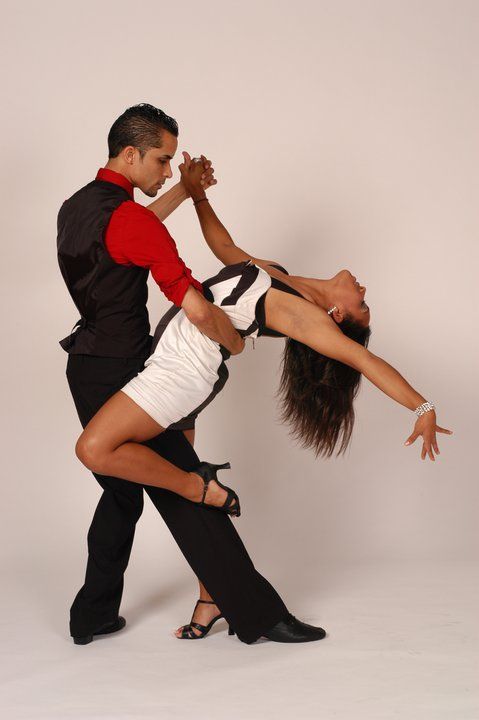 Hourly rental of a dance hall will allow you to plunge into the sensual atmosphere of bachata dance at any time and hone your skills with a partner.
Hourly rental of a dance hall will allow you to plunge into the sensual atmosphere of bachata dance at any time and hone your skills with a partner.
Author: Hendrix Studio. When reprinting, indicate the active link
Where to start learning bachata: clothes and basic movements
Contents
To answer this question in a few words, it is rhythmic, fascinating and sensual. But this is already at the final stage. For beginners, such a direction as bachata does not lend itself to the first time. In this dance, it is important to learn how to move to the rhythm, master the basic steps and throw away the constraint. Learning to dance bachata is better in a team of like-minded people and with an experienced mentor. Both of these are offered to their students by the Laboca dance club.
Bachata drove the world crazy at the beginning of the 21st century, but long before that, she conquered the Dominican Republic. For the inhabitants of this republic, dance is one of the ways of communication, flirting, but no one there learns to dance bachata on purpose. This dance is in the blood of the Dominicans! Despite the fact that bachata seems light and uncomplicated, it always conveys a hidden meaning, which includes the hardships of the poor, the struggle for freedom of expression, and a sad love story. It is not for nothing that only the poor danced bachata for a long time, and only then did it begin to be performed along with salsa and tango by representatives of the middle class.
This dance is in the blood of the Dominicans! Despite the fact that bachata seems light and uncomplicated, it always conveys a hidden meaning, which includes the hardships of the poor, the struggle for freedom of expression, and a sad love story. It is not for nothing that only the poor danced bachata for a long time, and only then did it begin to be performed along with salsa and tango by representatives of the middle class.
What is the main thing in bachata?
Sign up for a trial lesson
As with any Latin American dance, the most important thing is the rhythm. Synchronization with the music is achieved through the basic step of the bachata, on which the rest of the dance elements are layered. The classic bachata movement is four steps with weight transfer to either side with an emphasis on the last step.
This direction is performed mainly in pairs, while the man traditionally “leads”. The first thing that always catches your eye is the romantic mood of the dance.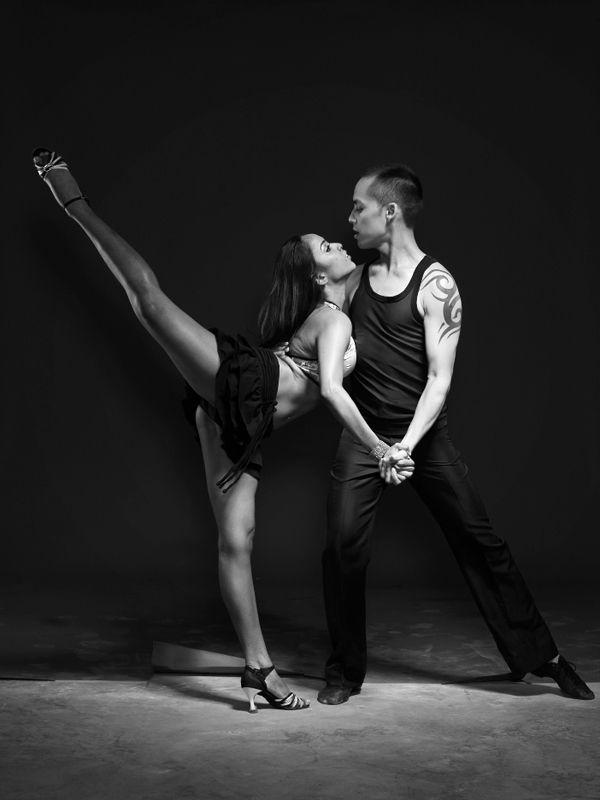 It is full of hugs and very close movements as a couple. Bachata performers are always great at improvising, which is why you should not stop at learning the basic dance movements.
It is full of hugs and very close movements as a couple. Bachata performers are always great at improvising, which is why you should not stop at learning the basic dance movements.
Bachata clothes
To captivate the audience and partner on the dance floor, you need to feel stunning, because nothing relaxes like confidence in your appearance! Tight but light clothing is considered ideal for performing bachata. For example, a fitted dress with a loose-fitting skirt. Plus - shoes with stable heels no more than six centimeters high. Shoes should fix the foot well, otherwise there is a risk of injury.
Where to start?
Often, for those who want to master bachata, the most difficult thing is not the technique of its performance, but the emotional component of the dance. Mutual trust of partners, lack of embarrassment, established close contact - this is something that cannot be achieved by numerous rehearsals. But, fortunately, this can be achieved through communication in a circle of like-minded people. That is why it is better to look for a suitable dance partner in a special studio, and not among your friends. If you start together and work your way up from beginner to pro hand in hand, your bodies will start dancing in unison too!
That is why it is better to look for a suitable dance partner in a special studio, and not among your friends. If you start together and work your way up from beginner to pro hand in hand, your bodies will start dancing in unison too!
Bachata movement technique
There are no complex combinations and strict positions of arms and legs in this direction. The bodies of the partners are located as close as possible to each other, their arms and legs move freely. Throughout the dance, the performer's body should be slightly tilted forward, and the knees should remain slightly bent.
We have already talked about the basic bachata step and the emphasis on the fourth count. This highlighting of the last step by lifting the hip is called the "kick". Turns in bachata are used infrequently, but side passages and “throwing” the partner in different directions are common.
Bachata can be mastered at any age and with any physical form. But looseness on the dance floor and the ability to improvise is comprehended by years of rehearsals.
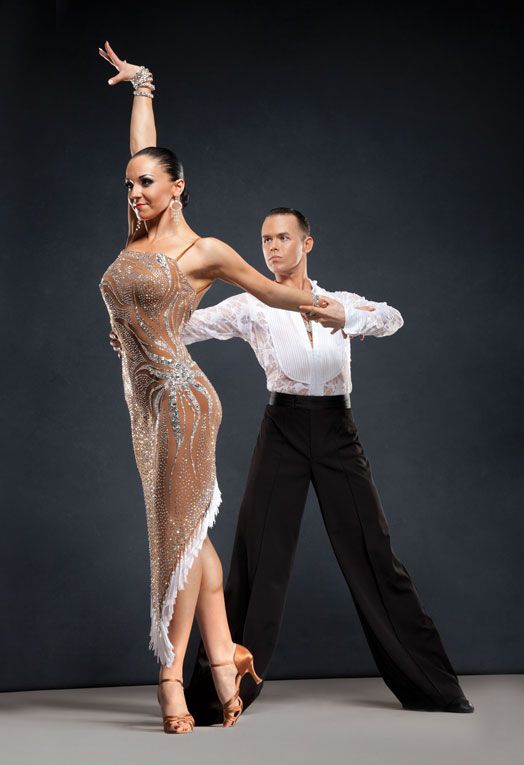
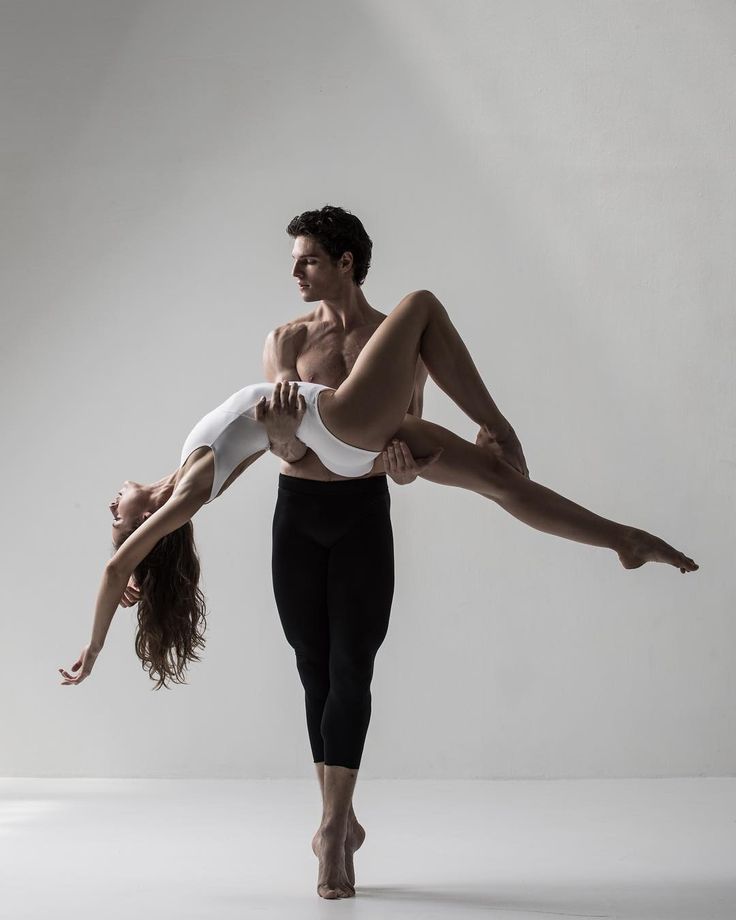
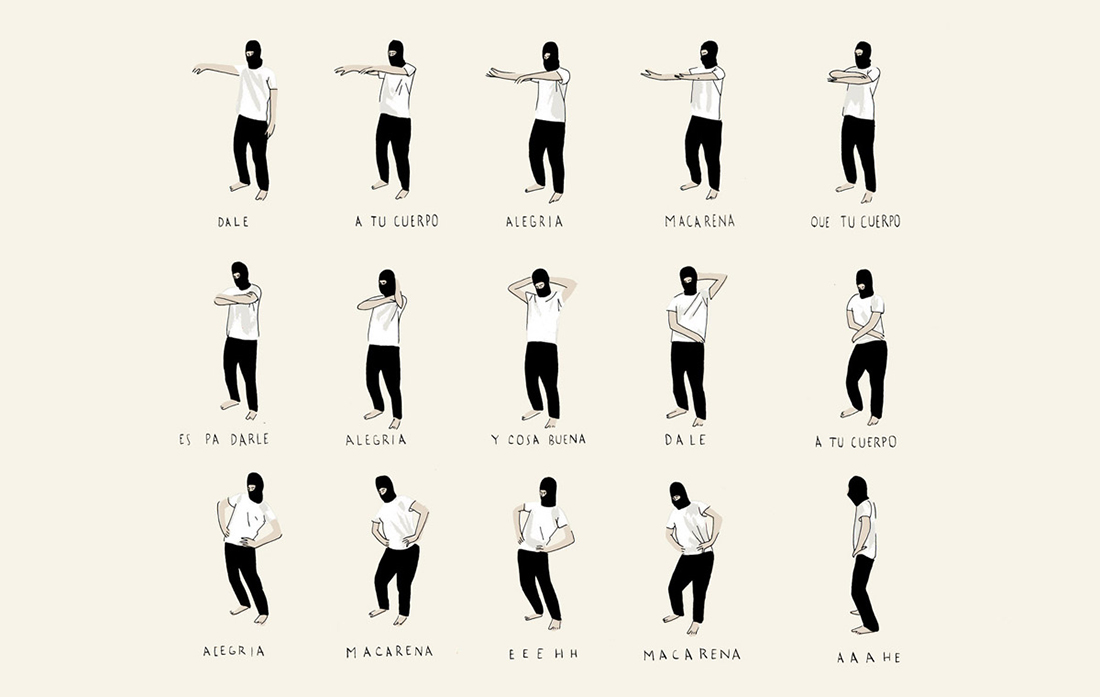
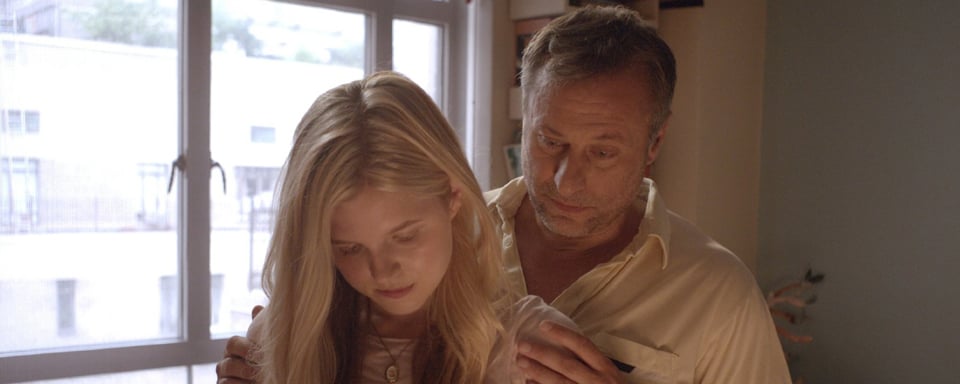
-Step-18.jpg/aid1640374-v4-728px-Shuffle-(Dance-Move)-Step-18.jpg)
